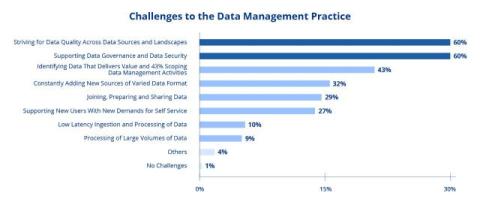How Automated Financial Data Integration Streamlines Fraud Detection
Do you know proactive fraud detection and prevention could save organizations up to a staggering $5.9 billion annually? However, gathering relevant data for this purpose is no easy task. Financial data integration plays a crucial role in the fight against fraud, enabling organizations to merge data from various sources and formats into a unified, consistent view. However, gathering relevant data for this purpose is no easy task.











